Black History
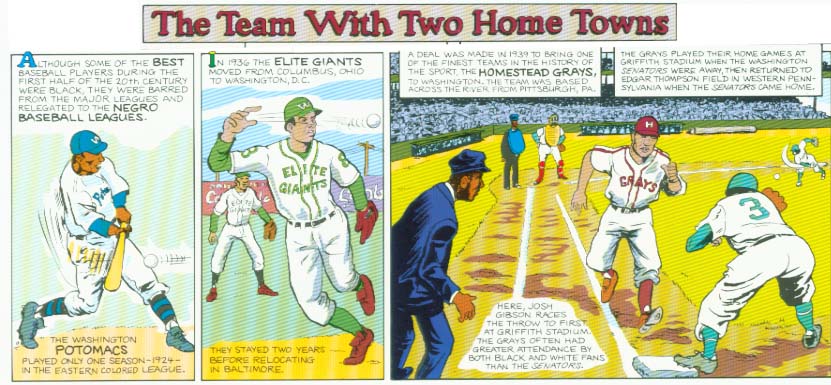
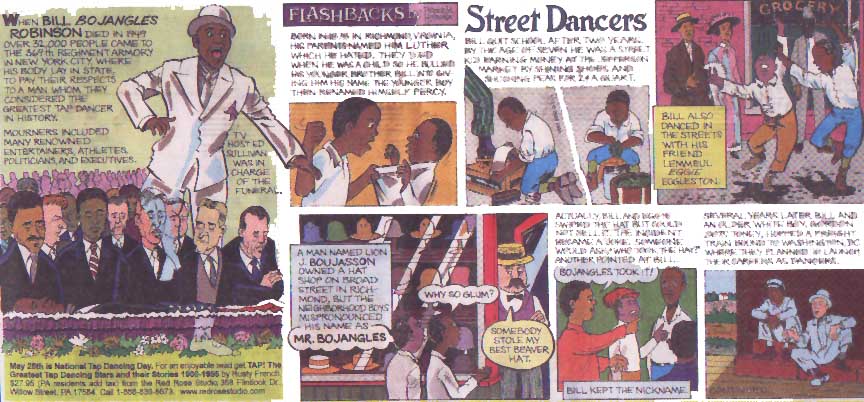
For more books on African
American history click
here.
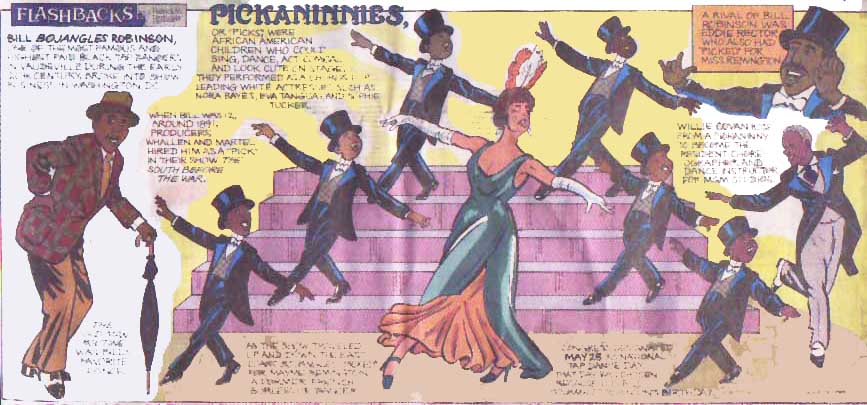 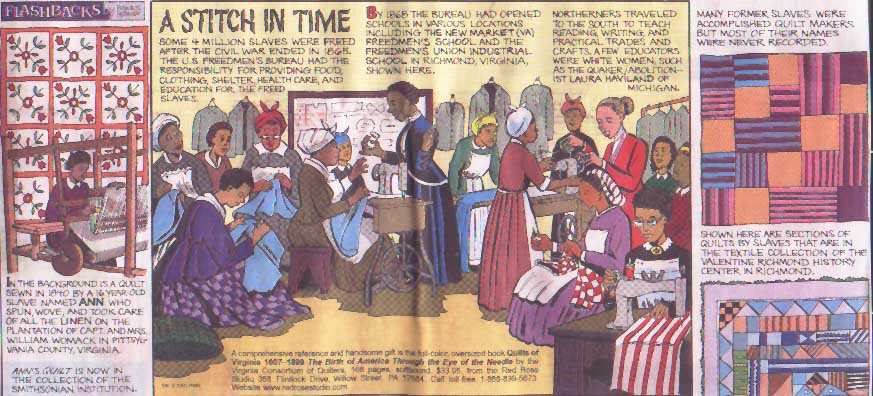
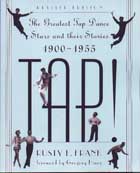 |
Tap! The Greatest
Tap Dance Stars and Their Stories, 1900–1955 by Rusty Frank
From the vaudeville era, throughthe Astaire–Rigers movies,
th to intricate artistry of bepop, tap has dominated American
dance with its rhythm, originality, and humor. With a foreward
by Gregory Hines, this book collects the memories of 30 of America's
best–loved dance stars, plus 200 rear theater, film, and
publicity photos. Here Shirley Temple recalls the magical duo
with Bill "Bojangles" Robinson, Fayard Nicholas describes
his days at Harlem's Cotton Club; Fred Kelly visits his and his
brother Gene's Pittsburgh dance studio, and much more. What is
particularly valuable is the who's who of quickie bios plus a
discography and list of movies.in the book.
7" x 9" 350 pages, index, illustrated, paperbound
ISBN 0-306-80635-5
#240 Tap! $24.00  |
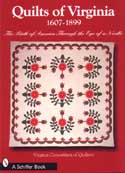 |
Quilts of Virginia
1607-1899 The Birth of America Through the Eyes of a Needle
Presented by the Virginia Consortium
of Quilters
This organization of quilters has published this book as their
part in commemorating Virginia's 400th anniversary. Here are
over 270 beautiful historic quilts and ephemerea in over 325
color and vintage photos. From quilted armor of the 17th century
to crazy quilts of the 19th century, these personal family and
museum treasures include homespun work of slaves and fancy work
of freed women and First Ladies. Doubly informative as the text
contains backgrounds of each quilt and a running history of the
Commonwealth of Virginia. Also contains a glossary of quilter's
terms, a timeline of VA history, and a list of places where quilts
are displayed.
8½" X 11" 168 pages, index, fully illustrated,
paperbound ISBN 0-7643-2465-9
#120 Quilts of Virginia $29.95  |
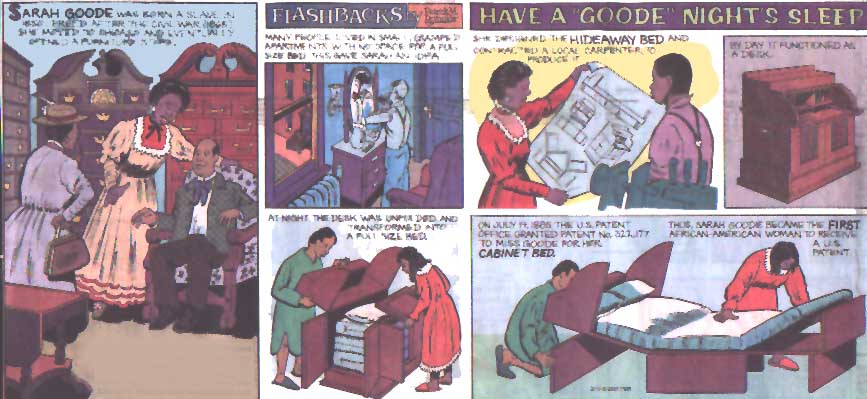
Click here for books on African
American history
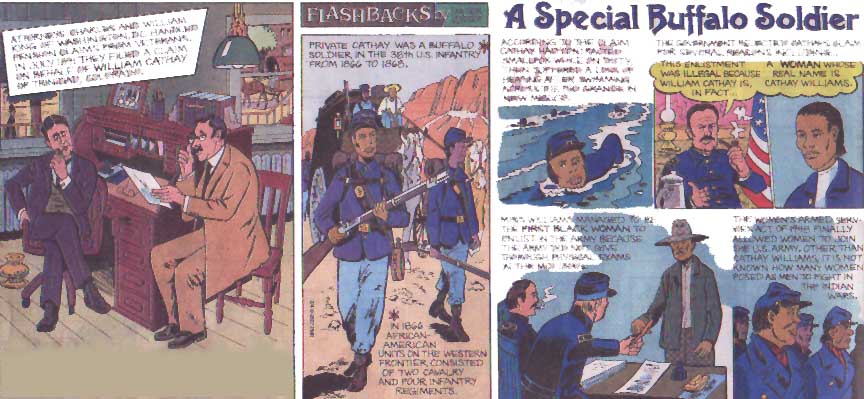 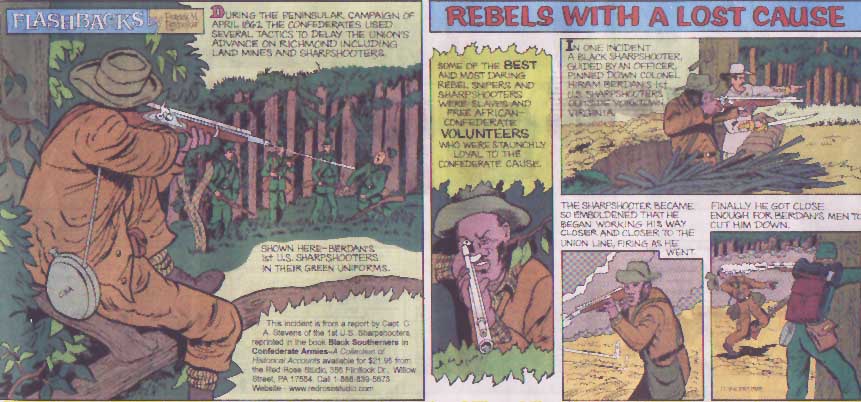
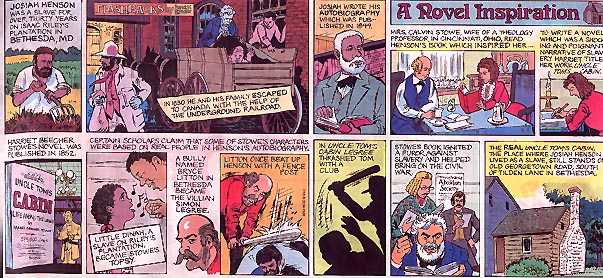
| The
Story of Black Basketball in Washington. Click
Here |
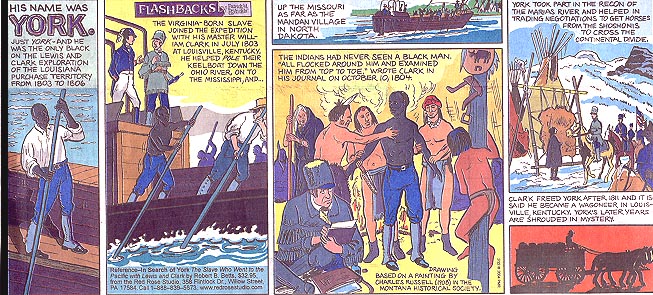
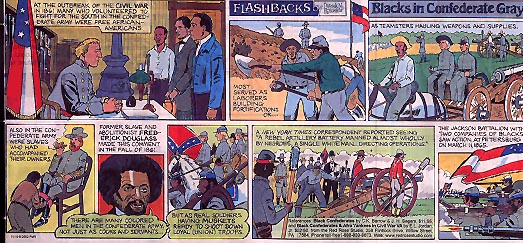 |
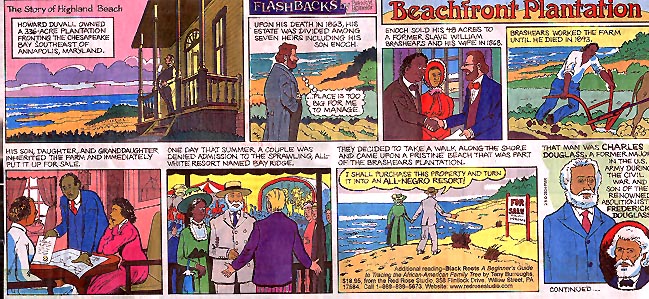
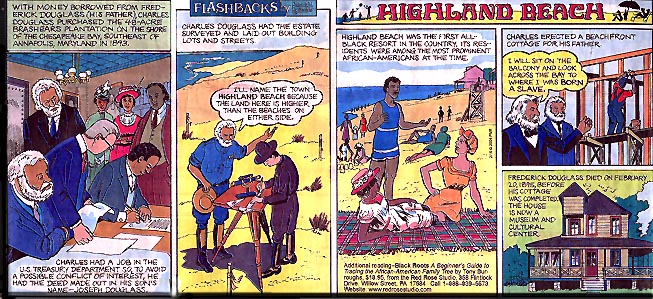
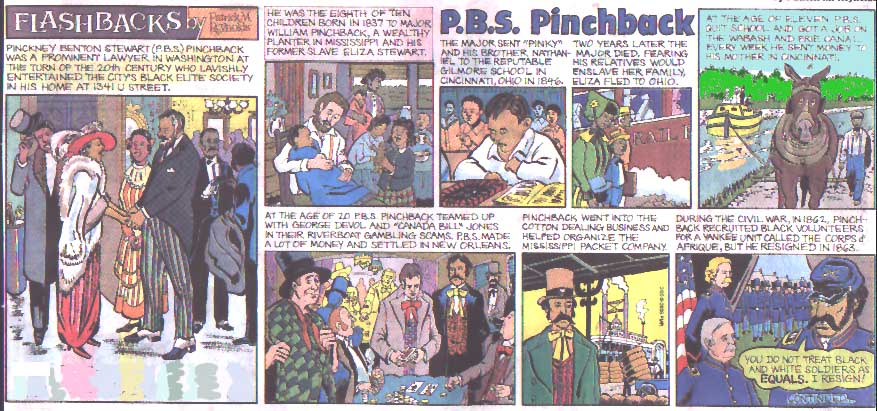
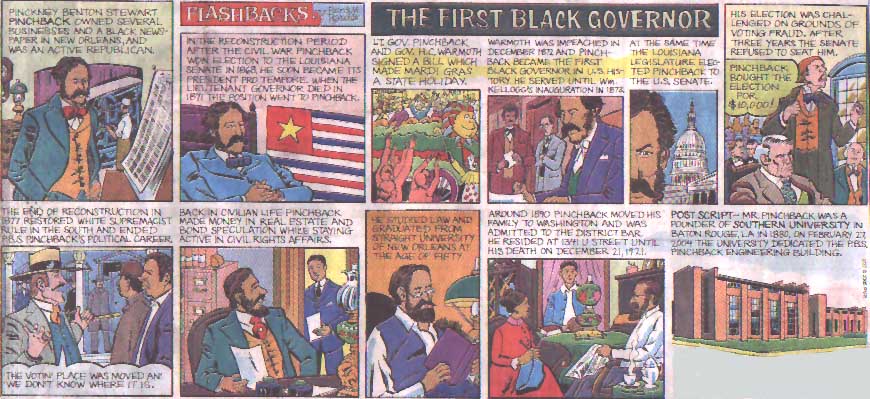
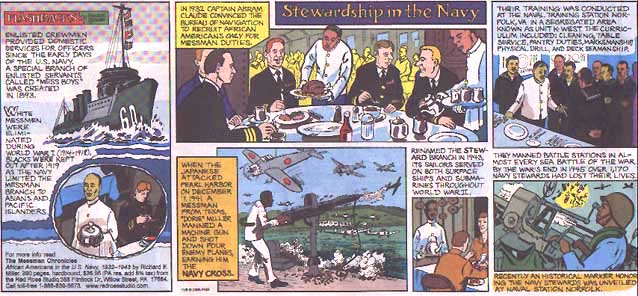
Harry
Hosier, known as "Black Harry,"
was born a slave in North Carolina in 1750, gained his freedom
after the Revolutionary War, and became a Methodist
Starting around 1780 and for the next 25 years Hosier traveled
with itinerant preachers who promoted the fledgling Methodist
Episcopal movement along the eastern seaboard.
Eventually the preachers let Hosier conduct a second service
for blacks. His oratory was so dynamic that whites stayed in
the back of the chapel to hear him preach.
Hosier's sermon "the Barren Fig Tree," preached at
Adam's Chapel in Fairfax County, Virginia in May 1781 was the
firs twritten account of a Methodist sermon by an African American.
In 1784 Oxford-educated Thomas Coke arrived in America with orders
from John Wesley to organize a cohesive Methodist church.
Hosier served as Bishop Coke's guide and assistant on their mission
through the Delmarva Peninsula.
Despite the fact that Hosier neer learned to read or write, Bishop
Coke said of him, "He is one of the gratest preachers in
the world."
Harry Hosier died in 1806 and was buried in Kensington, Pennsylvania.S |
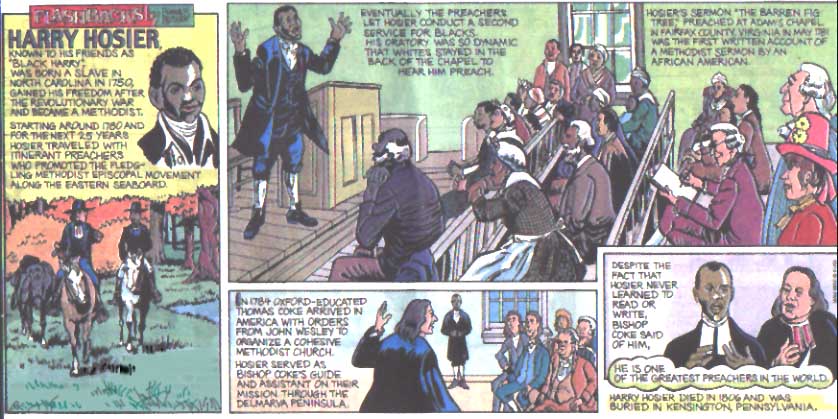 |





















